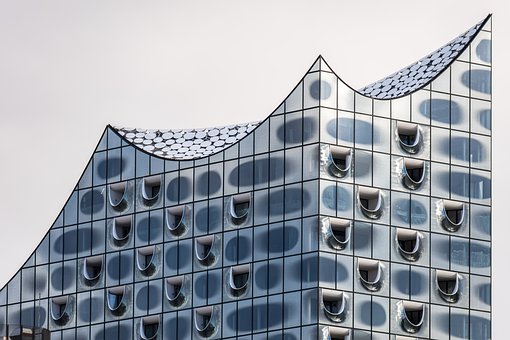Decorative screens consist of panels of wood, fabric, plastic or some other material hoisted onto a frame made of a harder material that keeps the entire structure erect. The panels themselves are joined together at the ends in such a way such that they are foldable and can be opened and closed, as desired. The ends are joined together by either stitches, glue, or strands of fabric.
As a household accessory, they make a graceful and seamless addition to any interior without taking up too much space. They are light and easily movable. They can also be carried and shifted from one place to another.
The ones made of fabric offer the greatest customization options, as the designs and patterns that are available are virtually endless. The panels are light but sturdy and last a long time without wear and tear or breaking apart. Newer models have introduced chemically modified versions that are guaranteed to be virtually unbreakable. They are produced after passing a strict quality control criteria.
 Although decorative screens Melbourne are usually considered to be features of oriental households, they are not exclusive to the region and are very popular the world over. One often pictures them with floral patterns and elaborate designs in a Thai restaurant or a Japanese sand garden. They possess a minimalist appeal while not appearing to be pretentious at the same time.
Although decorative screens Melbourne are usually considered to be features of oriental households, they are not exclusive to the region and are very popular the world over. One often pictures them with floral patterns and elaborate designs in a Thai restaurant or a Japanese sand garden. They possess a minimalist appeal while not appearing to be pretentious at the same time.
Decorative screens made of metallic frames are often used in event management and outdoor activities. They serve as borders and dividers and allow multiple events to be conducted in the same space that has been partitioned using them. Because of their heavier frames, metallic frames based decorative screens are naturally more long lasting and are therefore more suitable for outdoor events than the lighter versions made of plastic and wood.
The greatest benefit laser cut screens Melbourne offer is that they’re environmentally friendly. Disposing them off at the end of their useful lives poses less of an ecological hazard. The pricing options vary depending on where the item is procured from. In areas, where woods are locally sourced, wooden screens are often the most widely and cheaply available options. This may not be so at other places that don’t have the core raw material available locally. Arguably, wooden based decorative screens are the most graceful as that is the material that has been traditionally used for the purpose. However, depending upon the kind of wood, termites might be a problem.
Plastic decorative screens are, by far, the lightest and in most cases the cheapest odtopms available. Like their fabric based alternatives, they, too, offer unlimited options when it comes to designs and customization. They are also light and therefore, easy to shift. An added benefit is the ability to wash them with water. They are water proof and CA simply be wiped as opposed to needing more sophisticated means of cleaning.
